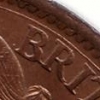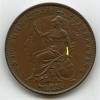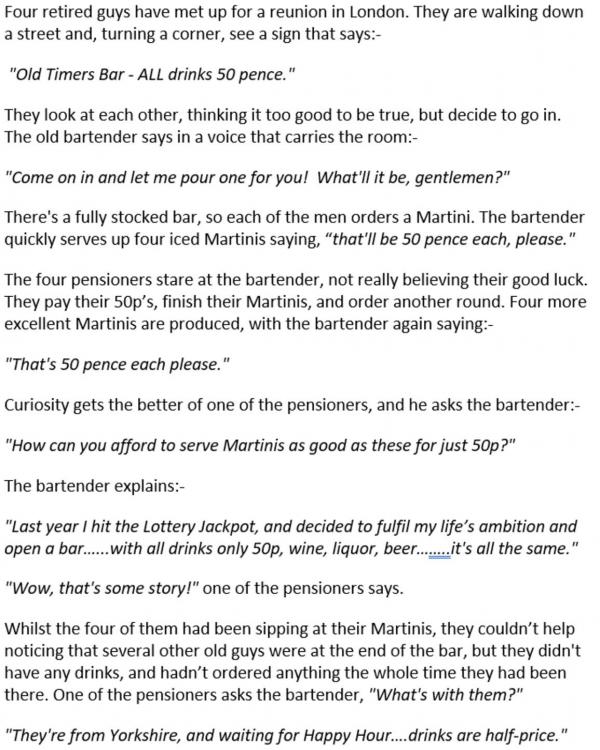Leaderboard
Popular Content
Showing content with the highest reputation since 11/23/2025 in Posts
-
6 points
-
4 points
-
4 points
-
4 points
-
3 points
-
Welcome to the forum. I am no expert on the Gun Money, but it would seem likely that there are many die faults and die fill variations around as they were struck largely on campaign. Even the regal coinage from the 1690s has a huge number of variations.3 points
-
If anyone is after some 2024 coins best get in now before prices go crazy (as usual when a coin or set of coins is confirmed NIFC): https://www.royalmint.com/corporate/circulating-coin/uk-currency/mintages/2 points
-
2 points
-
I still think there is only one die for these, as that was the 4th I'm aware of, and they are definitely the same obverses. There are 2 different reverse dies however, which is probably to be expected (see alignment of 17 and final A). My current example is the third coin, which I picked up in DNW 76, lot 287. My first one came from ebay in 2004 and both cost a tenner. Excuse the GV/B 1694 which was added to keep things neat. That was the discovery piece by Colin Cooke in 2004. I have since upgraded that with the superb example in London Coins 168, lot 1407. I saw it, GV/B not mentioned in the description, compared with mine and promptly put a very large 'must buy' label in my shopping list. Those are the only two I have recorded, but there must more out there.2 points
-
Not particularly flattering, is it? Having said that, my all time low is probably the 2002 Queen Mother £5 portrait. The first time I saw one of those, I had to do a quick check that it was a Royal Mint product and not some private enterprise output. Give Anne her dues. She is probably the hardest working royal of the 4, and I suspect has a greater sense of duty than the others.2 points
-
I'm still waiting! As for mint sets, I only buy the basic definive set, the ones without the commemoratives. I have been boycotting commemorative coins since 2005.1 point
-
Thank you all very much for your help. The Galata guide seems like a great resource, I will have to order myself one. I am from Australia, however, so I fear the walk may be a bit too far. I will be sure to update the post if I make any further progress. Cheers.1 point
-
I think you are there or thereabouts. There is definitely an inner circle both sides, and a CIVITAS LONDON reverse. The obverse Iegend is probably EDWARDVS REX but there is too little face/crown detail to be much more specific - certainly North class 10 or later, and likely Edward II. The North classification has been substantially re-written and subdivided in the Withers (Galata) publications which are highly recommended. Jerry1 point
-
1 point
-
Good info! I might just do that, there are some fun things with W&M and the like too. Thanks!1 point
-
That should do you fine. Unlike Pennies, I don't think there are that many single denomination collectors for shillings. By the way, I would extend your range just a little, to the start of the milled shillings in 1662 (barring the very scarce Cromwell issues in the 1650s). Quite a few of the 17th century shillings are fairly reasonably priced and this gives you the opportunity to add a few more monarchs to the run. Shillings from 1696 and 1697 are fairly plentiful, as are some of the Charles II dates in the 1660s to 1680s.1 point
-
Somehow I don't think I'll even leave a space in my "Shillings from 1702 - 1970" binder for that one! 🤣1 point
-
I think that's what the last person had in mind when I sold a kg or so on ebay last time.1 point
-
1 point
-
Cheers Stu. Elsewhere, I continue to look forward to your return.... 😉1 point
-
For the number of different errors in the halfpennies alone, you’d have to conclude that somebody, somewhere, was having a right royal laugh! Some nice grade errors going on there, Mr Roo!1 point
-
Quite a spectacular overstrike. As Rob says, the GV/B was a discovery piece in the Nicholson collection of 2004 (lot 153), although Nicholson had lost it at the time, and was "still looking for it", so it wasn't for sale!1 point
-
Yes, not helped by the fact most survive in terrible condition and most were not even properly struck in the first place.1 point
-
1 point
-
I am no longer allowed to "Edit" a post - is this intentional ? Ah, it's hidden behind the 3 dots !!!!1 point
-
1 point
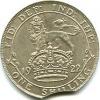
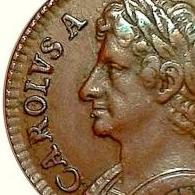
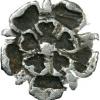


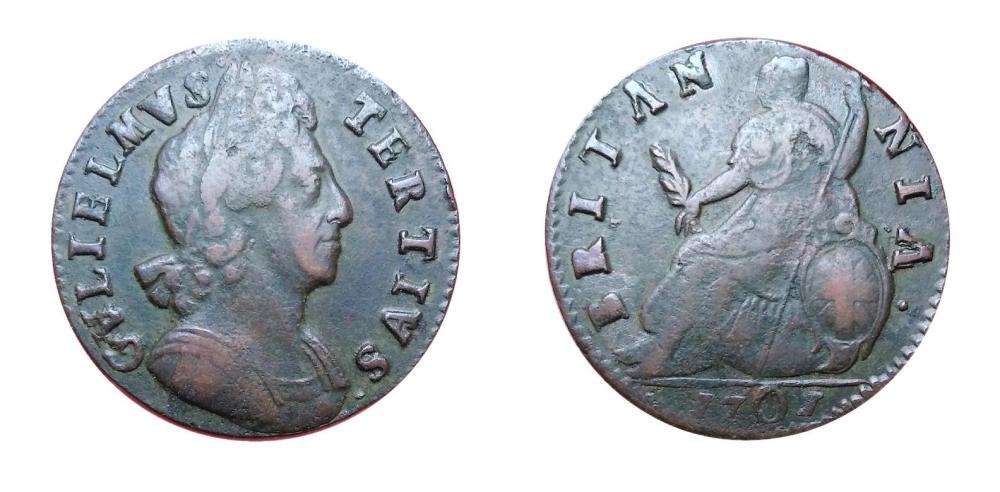
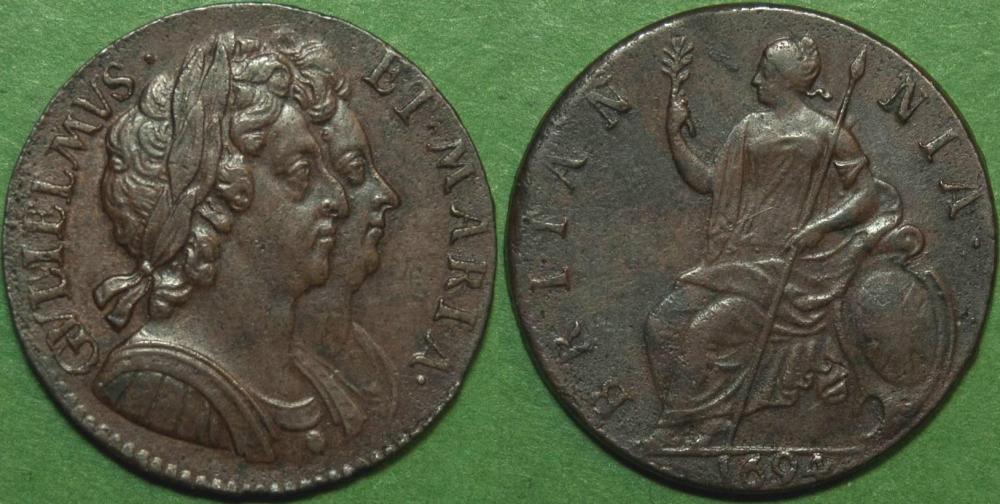



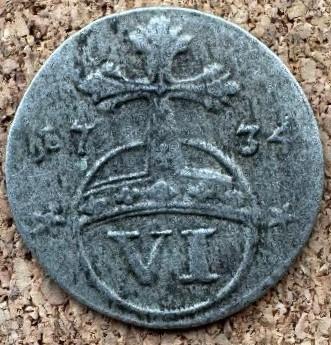
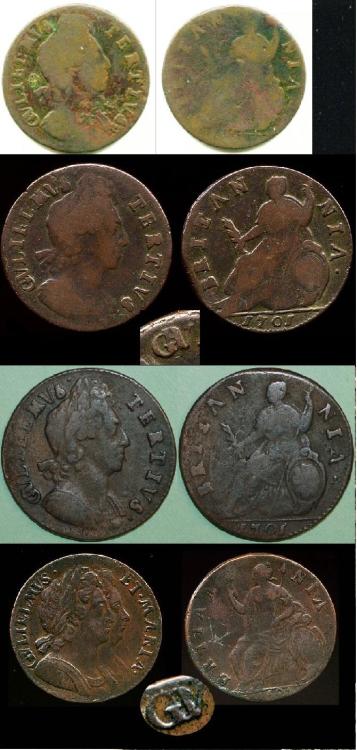

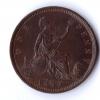

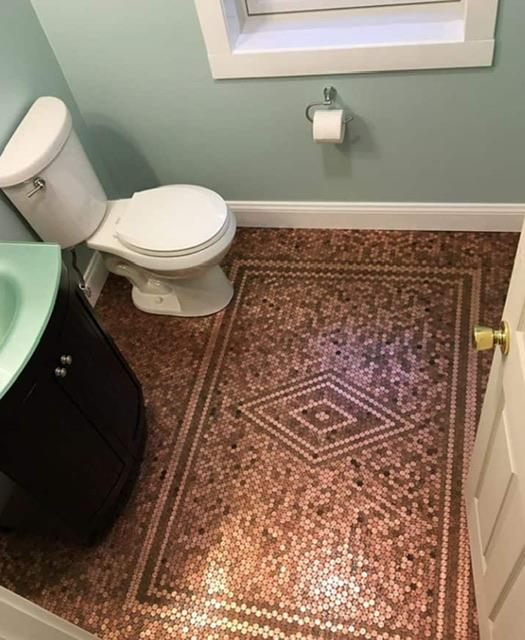
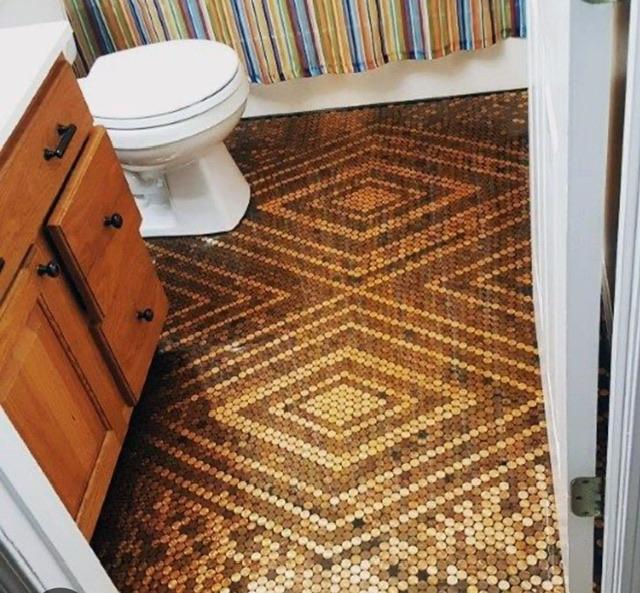
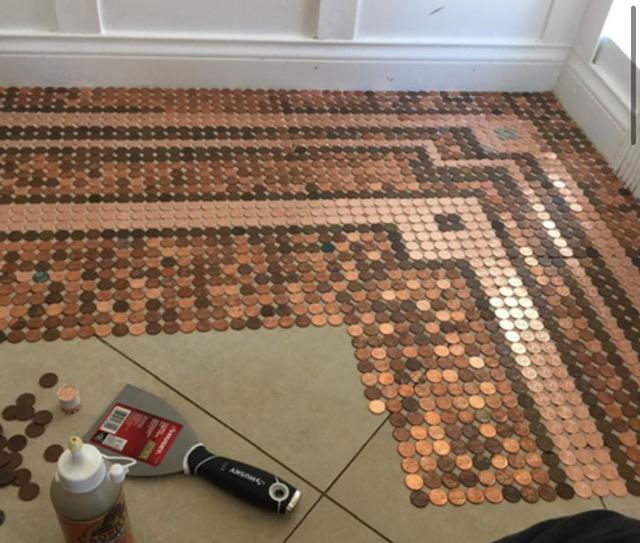
.thumb.jpg.1f19259097219362e165ddea328e9f0b.jpg)
